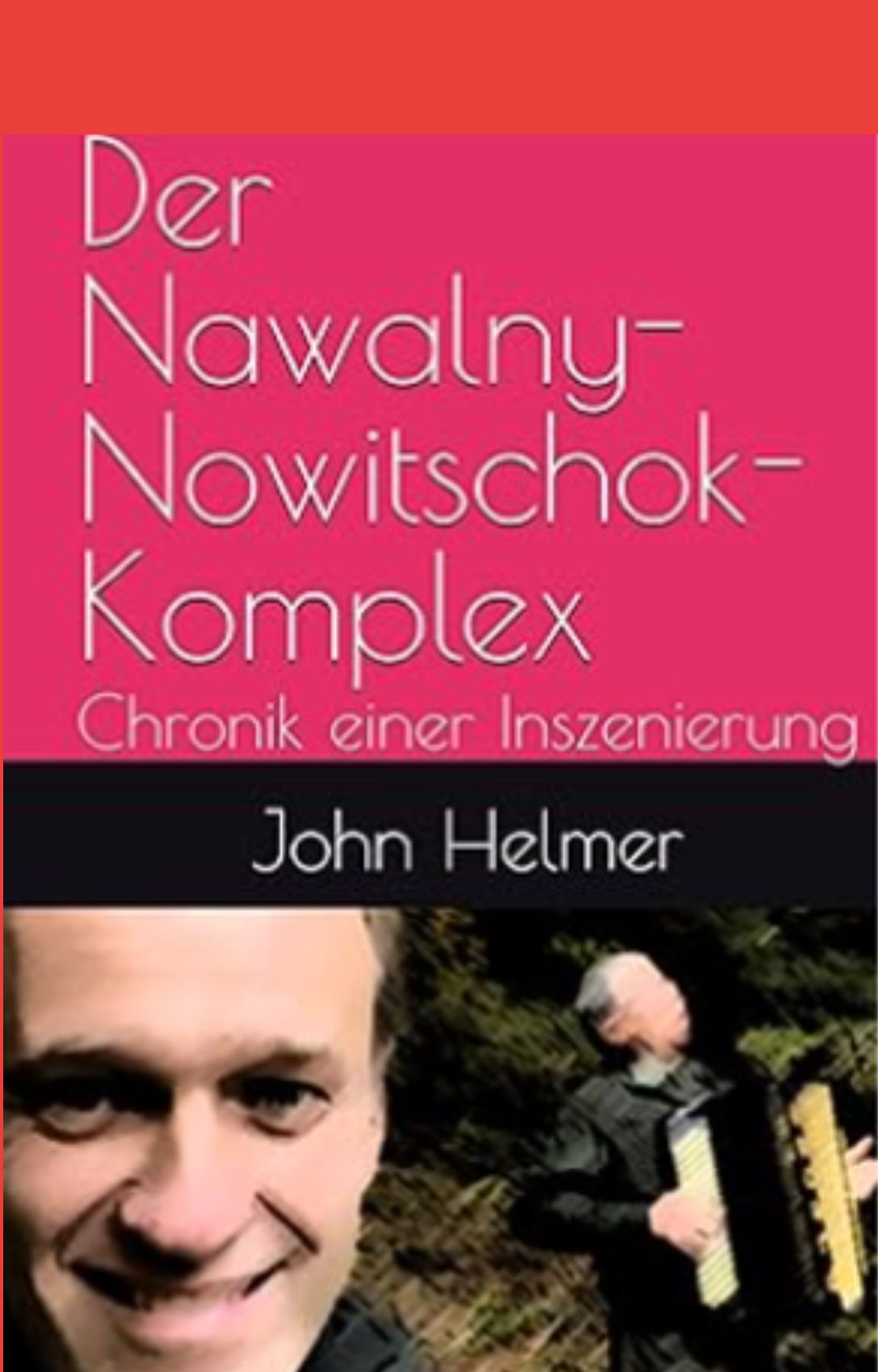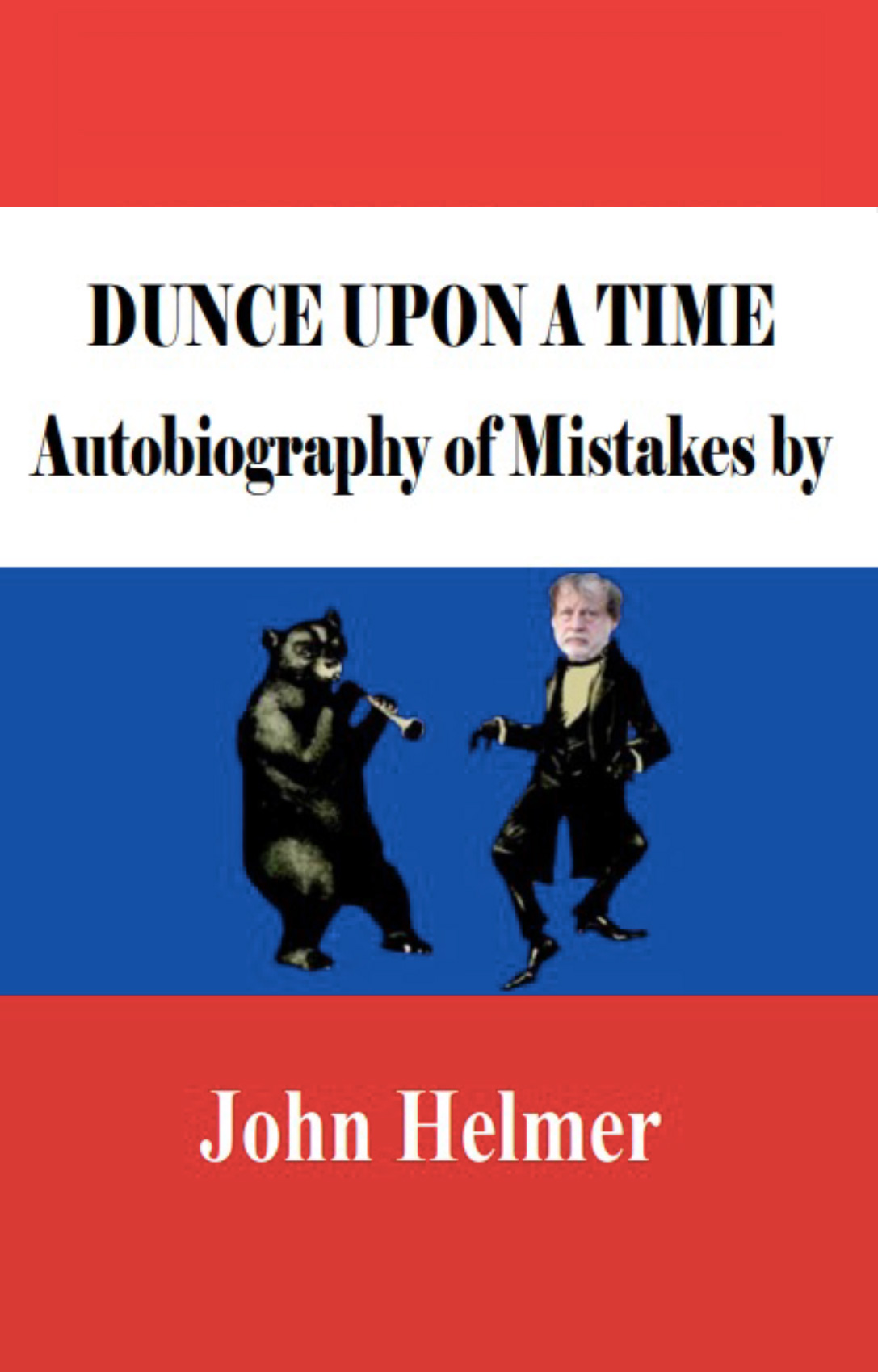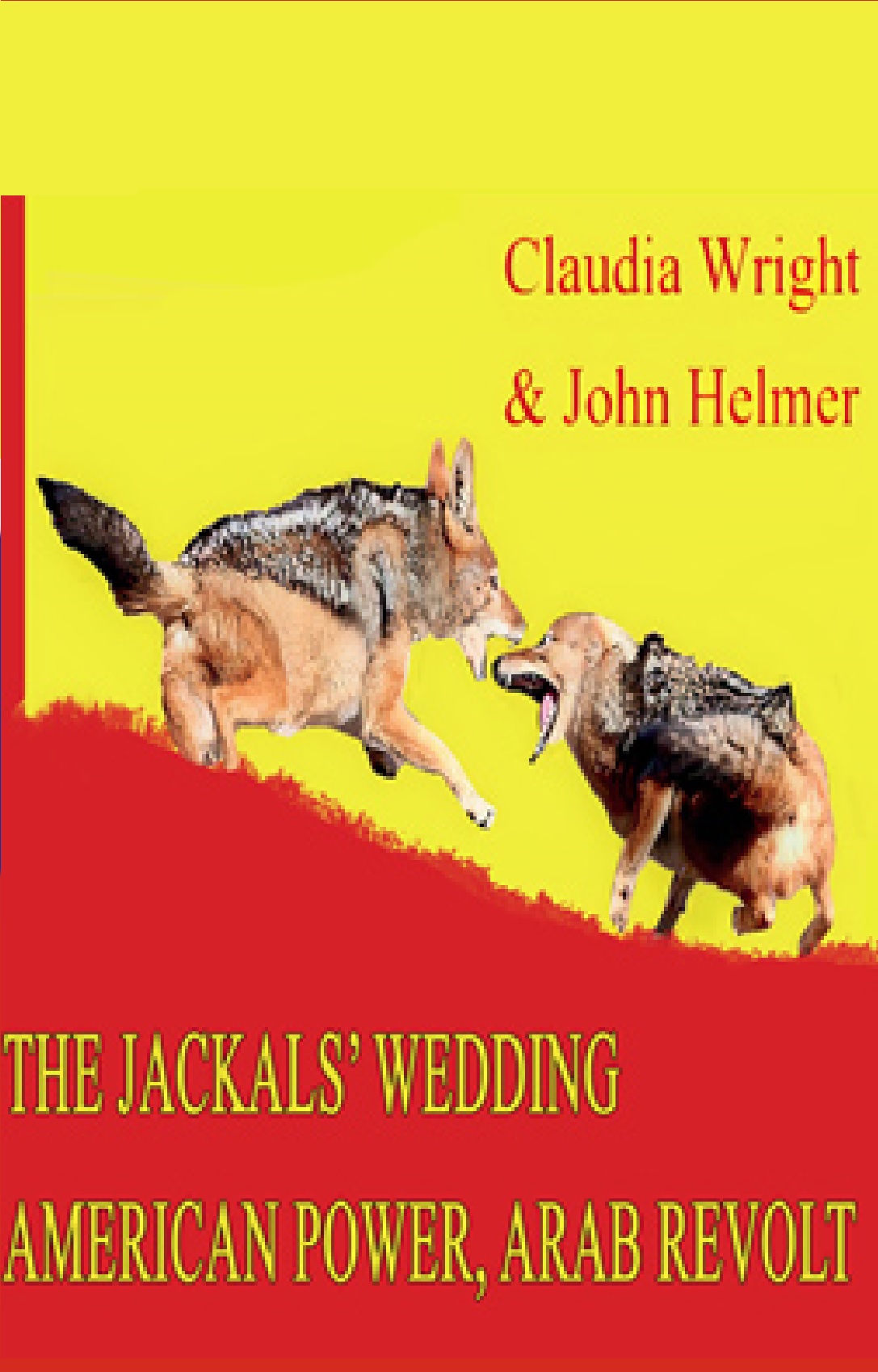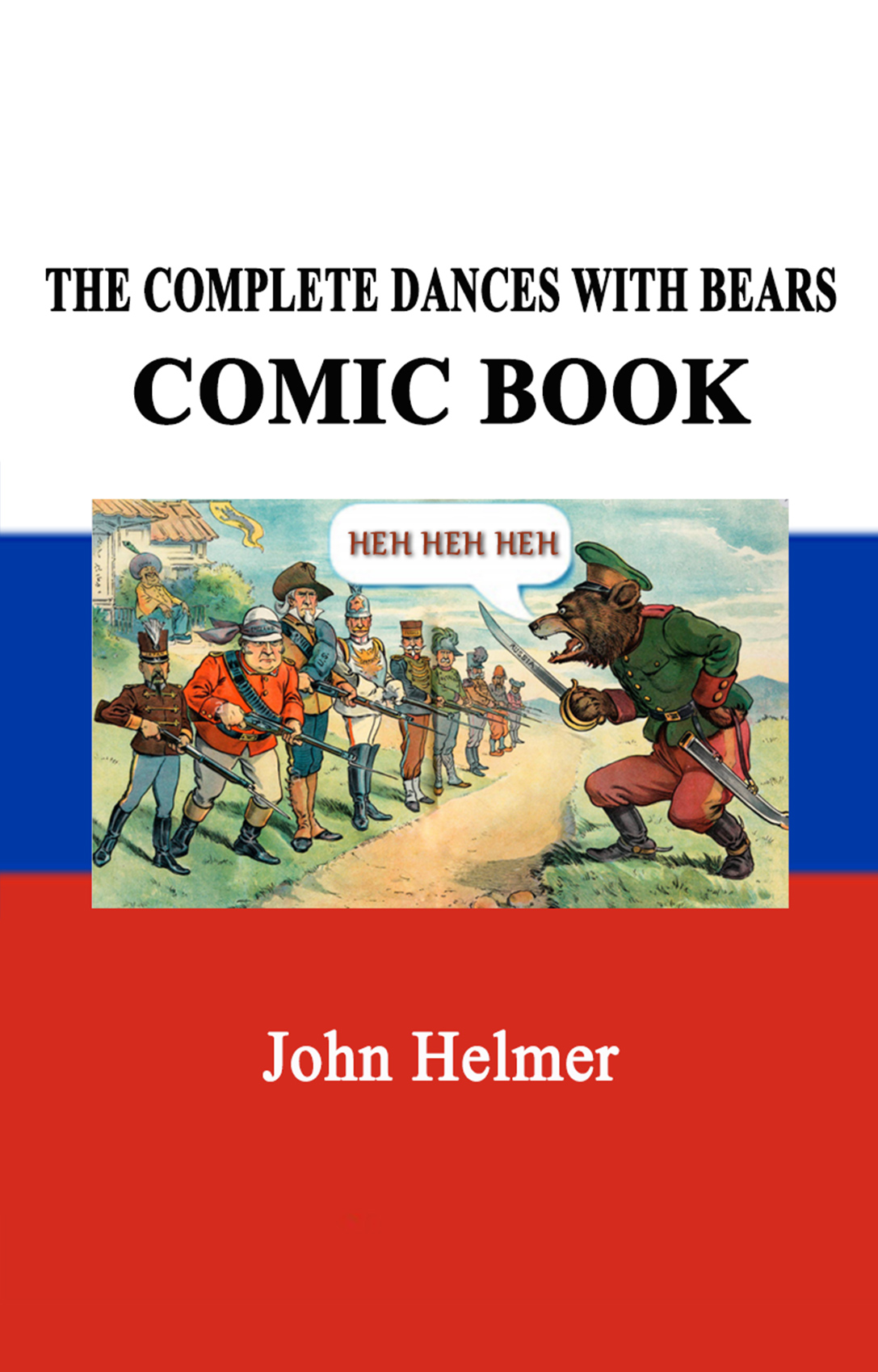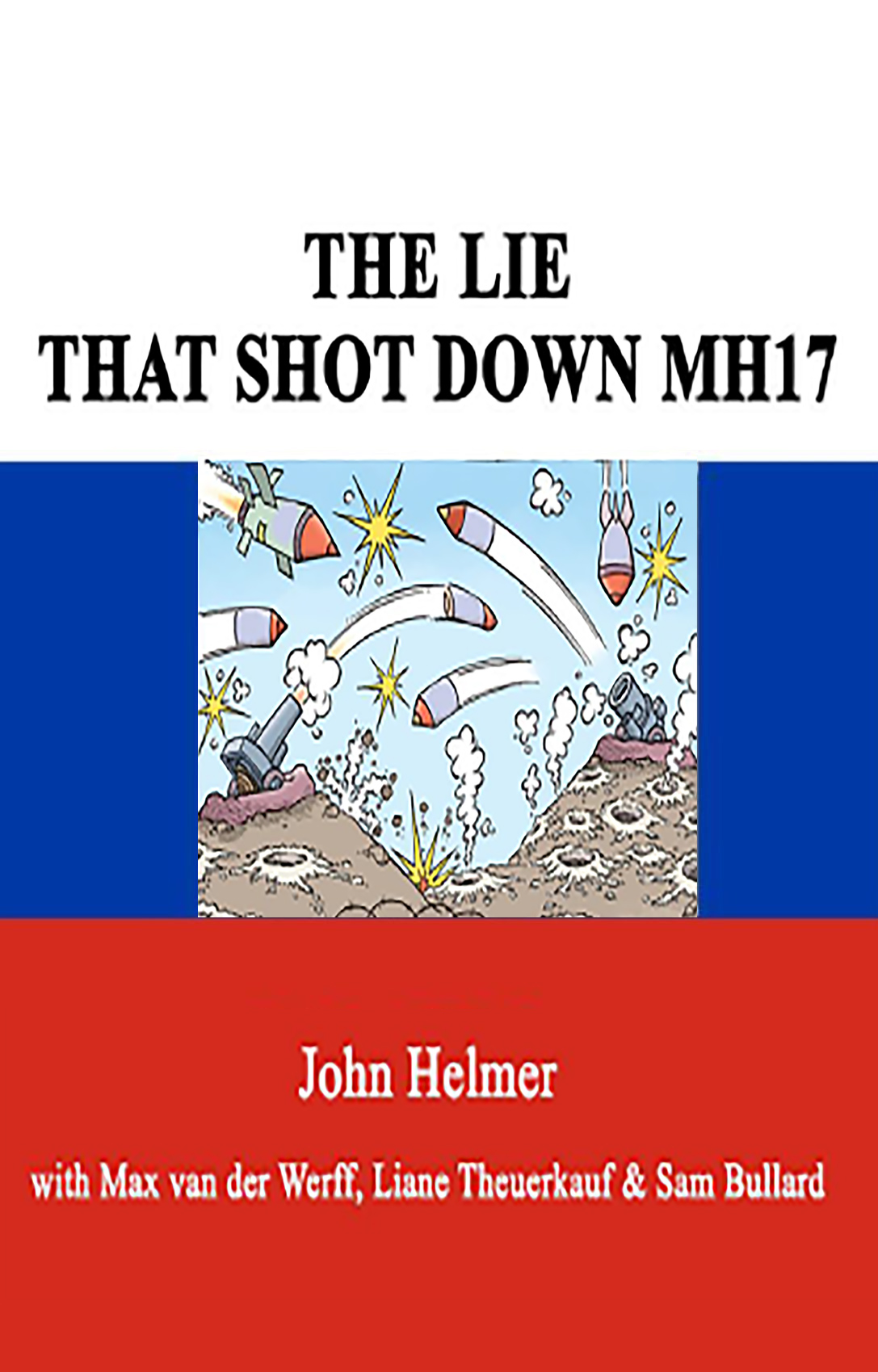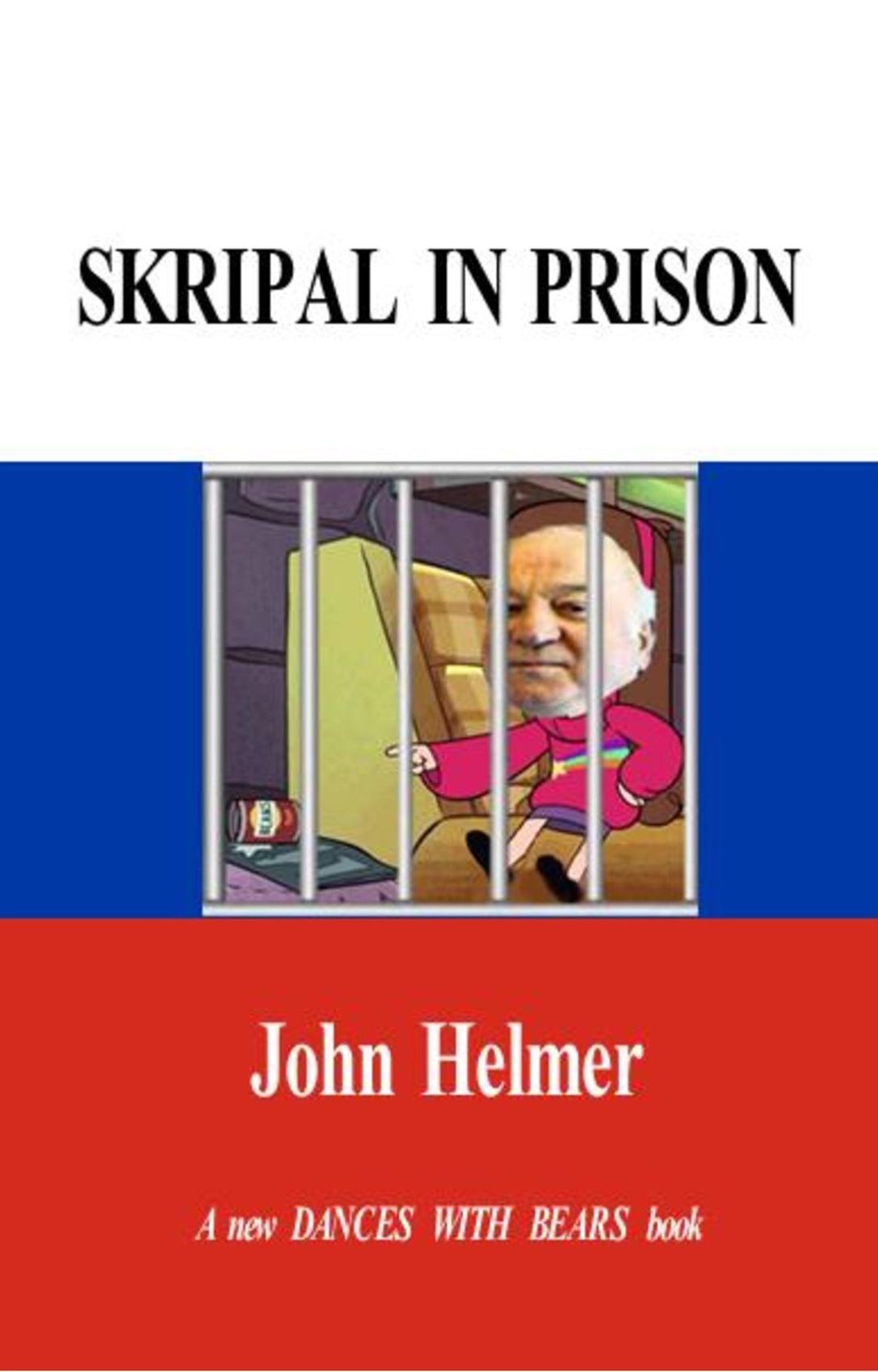-  Print This Post
Print This Post
By John Helmer in Moscow
Russian diamond cutters face shutdown of operations or domestic supplies if VAT tax waiver is abolished on January 1.
Alrosa, Russia’s dominant supplier of rough, has sent a notice to domestic diamond cutters, warning that from January 1, it will add 18% value-added tax (VAT) to its rough diamond pricing. The diamond cutters have told Mineweb that, while they understand the move as a cost-cutting expedient for Alrosa, the impact will be ruinous for the low-margin manufacturers. They have asked Alrosa to reconsider, and delay the move for another twelve months, in order to allow time for the government to be persuaded to send a zero-tax amendment to tax legislation for enactment by parliament.
There is suspicion that Alrosa’s move is aimed at reducing the presence in Russia of foreign cutting enterprises, and boosting Alrosa’s cutting plants at their expense. At present, Alrosa reports that its own polished sales amount to about $160 million per annum. This trails well behind sector leader, Smolensk Kristall, which is state owned, and reports sales of $358 million in 2006; and Ruis Diamonds, which is controlled by Lev Leviev, and sells over $220 million in polished. According to one of Moscow’s leading cutters, “I wouldn’t say that Alrosa is making this move intentionally to destroy the remainder of the Russian cutting industry, but this [VAT] decision would be a catastrophe.”
(more…)
by John Helmer - Tuesday, November 13th, 2007
No Comments »
-  Print This Post
Print This Post
By John Helmer in Moscow
Suddenly this month, Hydro Aluminium, the state-led metal producer of Norway, has been called to public account by senior members of the Norwegian parliament; by independent Norwegian experts; and by Norway’s Trade and Foreign Ministers over the terms of alumina and aluminium contracts it signed last December with the Tajikistan Aluminium Plant (Talco, aka TadAZ). The focus of the Norwegian concern is allegations of corruption among Tajik government officials involved in the aluminium business, and on what Hydro knows, and is doing about it.
Talco is currently turning out about 450,000 tonnes of aluminium a year, worth about $1.2 billion on the international market. In December 2004, the Tajik government initiated a purge of the plant’s management, and defaulted on sale and purchase agreements with the ousted management, and with Hydro. The Norwegians sued for recovery in London; won a $150 million award in compensation for non-delivery of 80,000 tonnes of aluminium; collected compensation from a syndicate of insurers; and concealed the bookkeeping loss, and the payoff, in its consolidated accounts. Hydro has told Mineweb this isn’t concealment, because “the net exposure was immaterial for reporting purposes.”
(more…)
by John Helmer - Monday, November 12th, 2007
No Comments »
-  Print This Post
Print This Post
By John Helmer in Moscow
Israelis claim Russian identity to announce Angolan diamond mine venture.
That Russian mining companies have deep pockets and Kremlin clout is a handle that has been tried on South African gold bugs and the Canadian venture investor market with modest and shortlived effect. But it is unheard-of for a group of Israelis engaged in the telephone and internet business to portray themselves in Angola as Russian diamond-miners, especially when the leading Israeli diamantaire in Angola appears not to have heard of them either.
Notwithstanding, Tomer Peirce was welcomed when he stepped off his aircraft at Luanda airport recently; according to the Angolan News Agency, Peirce had gone to Angola for the Russian Diamonds Company. It was reported that he and his company are negotiating terms of participation in a new Angolan diamond venture called the Mualengue project.
(more…)
by John Helmer - Thursday, November 8th, 2007
No Comments »
-  Print This Post
Print This Post
By John Helmer in Moscow
BlackRock pays bargain-basement price for Russian gold miner after IPO fails.
The controversial US equity fund manager BlackRock, part-owned by Merrill Lynch, has failed in a bid to keep secret two transactions in which the fund appears to have acquired 34% of the shares of a small Russian gold miner, GV Gold. This follows two failed bids by GV Gold itself to sell its shares to the market this year, through a London initial public offering (IPO).
According to the official notice on November 2 from the Russian government’s market regulator, BlackRock’s UK affiliate has bought 209,000 shares in GV Gold at $80 per share for $16.7 million. The sale-purchase transaction for 10% of GV Gold’s stock values the mining company at just $167 million. That is three times less than GV Gold’s controlling shareholders set as their IPO target in February, and again in May of this year, when their IPO proposal found no-one willing to buy at that price.
(more…)
by John Helmer - Wednesday, November 7th, 2007
No Comments »
-  Print This Post
Print This Post
By John Helmer in Moscow
German miner Chronimet and America’s Comsup Commodities reveal mystery of Armenia’s molybdenum mines.
Molybdenum is a metal that doesn’t lose its cool.
Used in a variety of alloys for steel, it remains rigid at 3,000 degrees Fahrenheit, and doesn’t melt until 4,730 degrees F, a point at which everything but four other natural elements have vaporized and disappeared.
The biggest source of demand for molybdenum alloys is in stainless steel production, and as this also consumes nickel, the price of molybdenum usually moves in parallel with nickel. If nickel and stainless steel prices are rising, so is molybdenum. When they decline, moly follows them down.
At least, that’s the theory.
(more…)
by John Helmer - Wednesday, October 31st, 2007
No Comments »
-  Print This Post
Print This Post
By John Helmer in Moscow
Kremlin insiders fall into disarray over ‘strategic’ mineral resources.
Only in Russian politics can it be true that a politician, who is commanding in the polls, may also lack the authority to rule. And only in Russia is the political solution for this to lock everyone up.
In 1925, Mikhail Zoshchenko, the comedian of Russian life after the Communist revolution, wrote a tale called “Nervous People”. On the surface, it was about nothing more than an argument in a communal kitchen over whose property a pot-scourer was. “Nerves are always shaken after a civil war”, the narrator starts off his recounting. Two women started the fight; two men, one a cripple, joined it. The one-legged man came off worst, floored by a saucepan to the skull. The militiaman called to scene was able to break up the fight by shouting: “Get the coffins ready, you bastards! I’m going to shoot!” The melee dispersed, except for the cripple on the floor. Zoshchenko reminds the Soviet reader what always happens. “The People’s Judge was a nervous sort of man, too: he booked everyone.”
(more…)
by John Helmer - Monday, October 29th, 2007
No Comments »
-  Print This Post
Print This Post
By John Helmer in Moscow
Can outsiders like Rio Tinto see who commands, who follows, in Russian uranium sector planning?
It was Winston Churchill who once epitomized what he didn’t know of Russians, and what he didn’t like, by describing them as bulldogs fighting under a rug.
In the Russian uranium business, the rug has been pulled so tightly, it has proved difficult to count the dogs involved, let alone identify them by name or authority. It’s one reason why the South African government, plus major international uranium miners like BHP Billiton, Rio Tinto, and Cameco, have found themselves in negotiations for uranium projects with the Russians — without being confident of who among them has the power to follow up their intentions, and implement their undertakings.
In the case of Rio Tinto, the problem appears to have been compounded by fierce internal divisions among Rio executives ambitious to make deals, but reluctant to share the limited intelligence they have with their own colleagues. Here it seems to have been a case of bulldogs on rugs barking at bulldogs under rugs.
(more…)
by John Helmer - Monday, October 29th, 2007
No Comments »
-  Print This Post
Print This Post
By John Helmer in Moscow
At the Antwerp diamond conference Alrosa and De Beers switch positions on value of diamond beneficiation.
Diamond-miners are wolves; diamond-cutters are sheep.
At least that’s the way it has usually appeared to the governments of countries fortunate enough to supervise lucrative mineable diamond deposits. Expressed in terms of the diamond supply pipeline, the mark-up in value of diamond mine sales, compared to the costs of production at the minehead, can be a wolfish 500%. By contrast, the mark-up in value of the polished, which cutters realize in relation to the cost of the rough they buy, can be a sheepish 25%.
(more…)
by John Helmer - Thursday, October 25th, 2007
No Comments »
-  Print This Post
Print This Post
By John Helmer in Moscow
Russian diamond manufacturers have reacted critically towards Alrosa chief executive, Sergei Vybornov, attacking key proposals he made at last week’s Antwerp Diamond Conference.
Vybornov ousted Alexander Nichiporuk from the top spot at Alrosa in February. But after a string of misstatements drew fire from domestic policymakers, he has limited his appearances, and declined requests for public interviews.
Last week, at the Antwerp Diamond Conference, Vybornov took aim at African governments for establishing domestic diamond cutting centres and local beneficiation to add profitability to diamond mining.
(more…)
by John Helmer - Wednesday, October 24th, 2007
No Comments »
-  Print This Post
Print This Post
By John Helmer in Moscow
Litigators and analysts look for cash inside Russia’s global aluminium giant.
Most of the trouble Oleg Deripaska, controlling shareholder of United Company Rusal, has faced in the court claims confronting him in the past, and the one from Mikhail Chernoy (Michael Cherney) he currently faces in London, comes from the fact that Deripaska seems not to have the money, with which to meet his debts and obligations.
The claims of Cherney’s High Court lawsuit, including shares, dividends, proceeds from Rusal asset sales, and Rusal-funded transfers to Deripaska’s personal holding and other companies can be estimated at more than $5 billion. These claims are against Rusal, Deripaska, his Moscow holding Basic Element, and his worldwide assets.
(more…)
by John Helmer - Tuesday, October 23rd, 2007
No Comments »

